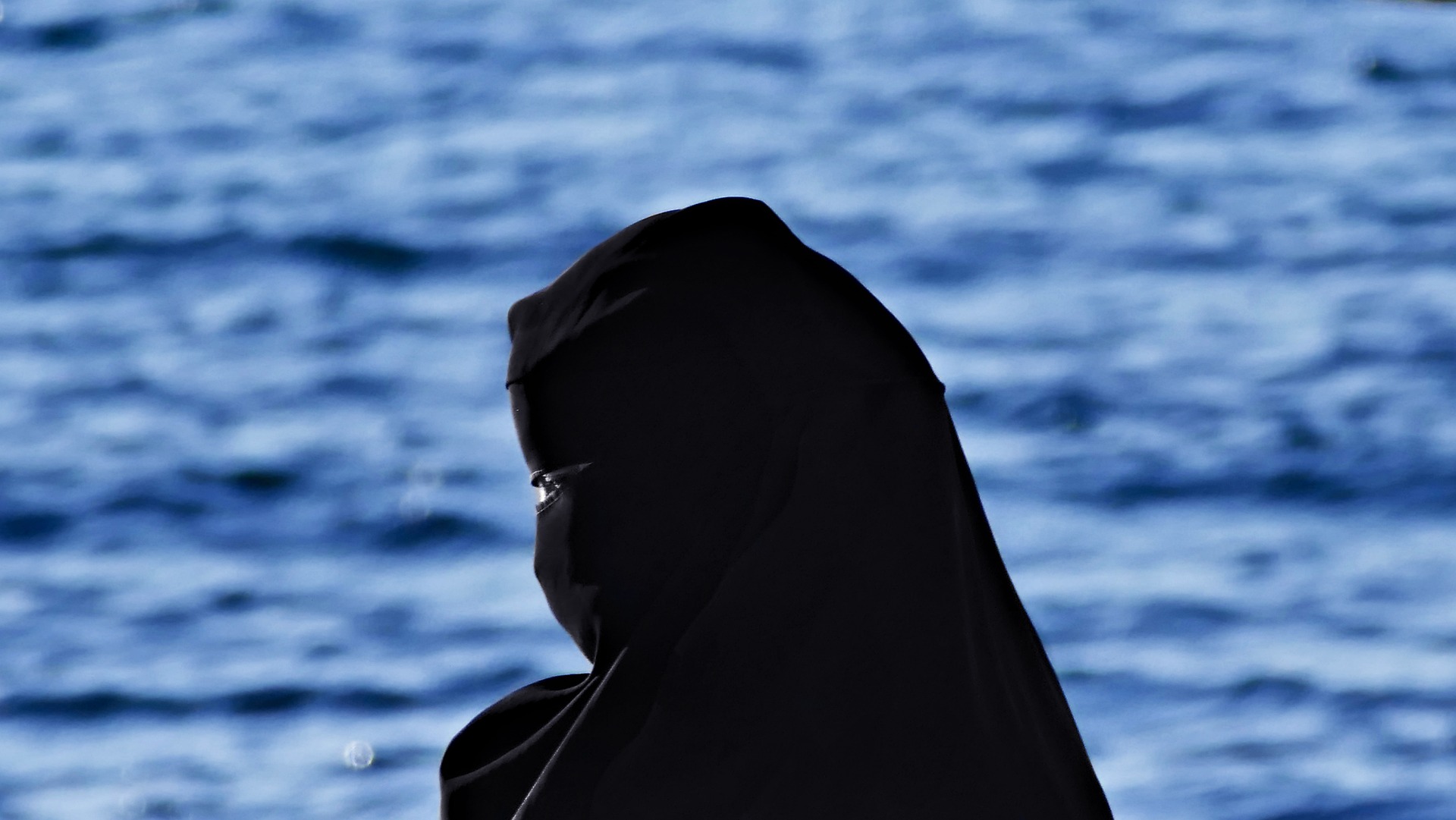Activists say this verdict caused an unnecessary delay, and the apex court could have considered children's education on priority.

The hijab ban case will now be referred to the Chief Justice of India for hearing by a larger bench, which could also be a Constitutional bench. (Creative Commons)
As the two-judge bench of the Supreme Court on Thursday, 13 October, delivered a split verdict in the hijab ban case, it will now be referred to the Chief Justice of India (CJI) for hearing by a larger bench, which could also be a Constitutional bench.
The order, however, means that the ban on headscarves or hijabs will continue in educational institutions in Karnataka.
The ruling BJP government in Karnataka — specifically its Primary and Secondary Education Minister BC Nagesh — said it expected a better judgement.
What started as a row over hijab-clad girl students attending classes in a government PU college in the communally sensitive Udupi district snowballed into a nationwide controversy, with Karnataka High Court banning hijabs at schools and colleges.
While arguments over the matter concluded in September at the apex court, the judgement was pronounced on Thursday.
The two-judge bench comprising Justice Sudhanshu Dhulia and Hemant Gupta delivered very differing judgements.
Karnataka Chief Minister Basavaraj Bommai deemed the hijab row an issue of “national importance” and insisted on waiting for the final verdict of the Supreme Court.
“The final verdict on the hijab row is very important as its impact is not restricted to Karnataka but on the whole country. So, they have to wait for the final verdict to come. Since it involves national and international issues, the government is expecting a clear verdict from the court,” Bommai told reporters in Ballari on Thursday.
“As a democratic government, we welcome whatever judgment comes from the Supreme Court. We expected better judgment,” the state’s Minister for Primary Education BC Nagesh told reporters after the verdict.
“You are aware that women are protesting throughout the world not to wear hijab or burqa. As this is a split judgment, whatever the Karnataka High Court has ordered would be valid until the Supreme Court comes out with another verdict. We are going to follow the rules that Karnataka Education Department has framed,” he added.
Aliya Assadi, one of the petitioners in the hijab row and a student of the Udupi PU College, took to Twitter to praise Justice Dhulia’s observations.
This judgement upheld the rights of victims girls. Hon’ble justice dhulia’s statement has further strengthen our hope in fair judgement and continued constitutional value atleast in minuscule. Thousand of hijabis students are waiting resume their education. tawakkaltu alAllah
— Aliya Assadi (@Aliyassadi) October 13, 2022
The split verdict evoked diverse reactions from the state and the country.
AIMIM chief and Member of Parliament Asaduddin Owaisi, who seemed to be expecting a unanimous judgment in favour of the girls going to school in Karnataka wearing hijab, said: “According to me, the decision of the High court was bad in law and in terms of its content.”
He added: “It misused Quranic commentaries and translations. Girls in Karnataka are wearing hijab because Allah has asked them to do so in Quran. The BJP made an issue out of it.”
After the verdict, Owaisi said “Justice Sudhanshu Dhulia said that wearing a hijab is ultimately a matter of choice. The judgment by one of the two judges from SC was in favour of hijab.”
Karnataka Congress working president Saleem Ahmed told South First: “It would not be fair on my part to comment on the judgment by the Supreme Court. It is on another bench now and let us hope for the best. Everyone knows that this [case] is politically motivated, and I am sure and confident that the next bench would take cognisance of all this and deliver a favourable judgment.”
Educational activist Niranjan Aradhya told South First that it was a rather unnecessary delay as the matter was referred now to a Constitutional bench.
“There was a recent study conducted and report submitted by PUCL [ the human rights body People’s Union for Civil Liberties] where 17,000 children’s education was affected due to the hijab controversy,” he pointed out.
“Education itself is a fundamental right and, as per the Universal Declaration of Human Rights (UDHR) of 1948, I think the court should have prioritised the verdict as it would not have further delayed their education,” added the activist.
“Anything worn extra by a student besides their uniform should not be a problem under the Constitution, and we have been until now seeing that as a cultural practice,” he explained.
“And, according to the United Nations Convention on the Rights of the Child (UNCRC), for any issue related to a child or its education, the best interest policy should be adopted and that should be the guiding force to take any decision. The apex court could have considered this,” Aradhya added.

Apr 19, 2024

Apr 19, 2024

Apr 18, 2024

Apr 18, 2024

Apr 18, 2024